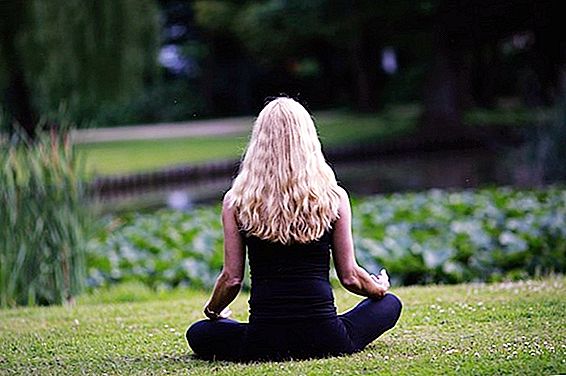When a person just begins to instill the habit of meditation every day, he may encounter a number of issues related to meditation. For example, how often you can practice this, or where it is better to meditate. What are the most common questions, what are the answers to them?

Meditation is a way available to any person that helps to calm down, stop internal dialogue, and escape from worries and problems. Staying in a meditative state can energize or, on the contrary, relax, helping you to quickly go to the land of dreams. However, with meditation, especially among beginners, there are usually a lot of questions. Answers to the most common ones are given below.
How much and how often do you need to meditate?
People who have been practicing meditation for a long time insist that one must fall into the appropriate state at least twice a day - in the morning and in the evening. In the morning, meditation will help to cheer up, in the evening it will help get rid of stress. However, when deciding how many times to meditate, one must listen, first of all, to one's body and consciousness. It is enough for some people to conduct a session only in the morning / evening, while others tend to meditate several times during the day.
In the classic version, the duration of one meditation should be 20-30 minutes (or more). This time is often enough to fully relax, dive into a trance, and then return to its normal state. Just starting to engage in such a practice, time can be reduced to 5 minutes in one go, gradually increasing it. As a rule, it is difficult for beginners to engage in meditation techniques for more than 5-8 minutes in the first weeks. Although, again, on the question of the duration of meditation, one must listen to one's mind and body.
Is it always necessary to sit in a lotus position?
The lotus position is a classic version of the position. If at first it is very difficult to take such a pose, then you can just sit with your legs crossed, put a pillow under your lower back or lean your back on the wall to keep your posture without tension.
There are both static and moving meditative techniques. You need to choose an option based on your personal preferences. However, at first it is not recommended to meditate while lying down, as in this situation there is a great risk of simply falling asleep.
Just starting to develop the habit of meditating in oneself, one can choose for oneself the most comfortable posture, down to just sitting on a chair with a straight back. The position of the hands is also permissible to vary: fingers can be either closed or simply with open palms on the knees. It is important to achieve a state where there will be no stiffness, discomfort in the body. And for more effective meditation, you need to ensure that the back remains straight, and the head does not fall off.
Is it possible to meditate during an illness? And on an empty stomach?
You can and should meditate during an illness, whether it is a cold, flu, or another condition. If you feel good, then you should not give up immersion in a meditative trance. Moreover, meditation can help to recover faster, this practice helps to relieve not only tension, but also to relieve pain. Therefore, it is recommended that women meditate during critical days in order to eliminate the corresponding discomfort without pills.
Experts do not recommend meditation immediately after eating, on a full stomach. Choosing between a snack and meditation, it is better to give preference to the second option.
Can there be discomfort during meditation?
As a rule, meditation is not accompanied by unpleasant sensations, pains or anything else negative. This condition is aimed at normalizing well-being, at personal growth, and so on, therefore it cannot harm a person. However, if during a meditative trance any negative feelings arise, it is better to break off and try to understand their nature. Often pain or discomfort manifests itself against the background of an uncomfortable posture, due to existing blocks and muscle clamps in the body, due to improper movement of energies.
Where is the best practice of meditation?
Almost any environment in which it will be comfortable is suitable for meditation. It is important to secure a space where there are no distractions. It is also important that during the immersion in a meditative trance state no one distracts. Therefore, it is recommended to warn the immediate environment about your occupation, disconnect the phone for a while.
In good weather, you can and should meditate on the street. The rest of the time, you can practice at home: sitting on the floor (laying pillows or a rug), on the bed, in an armchair, and so on. However, people who have been practicing meditation for a long time, are advised to allocate a separate zone in the apartment / room, which will be designed specifically for meditation. It is not necessary to design it in any special way, the main thing is to be comfortable there.
